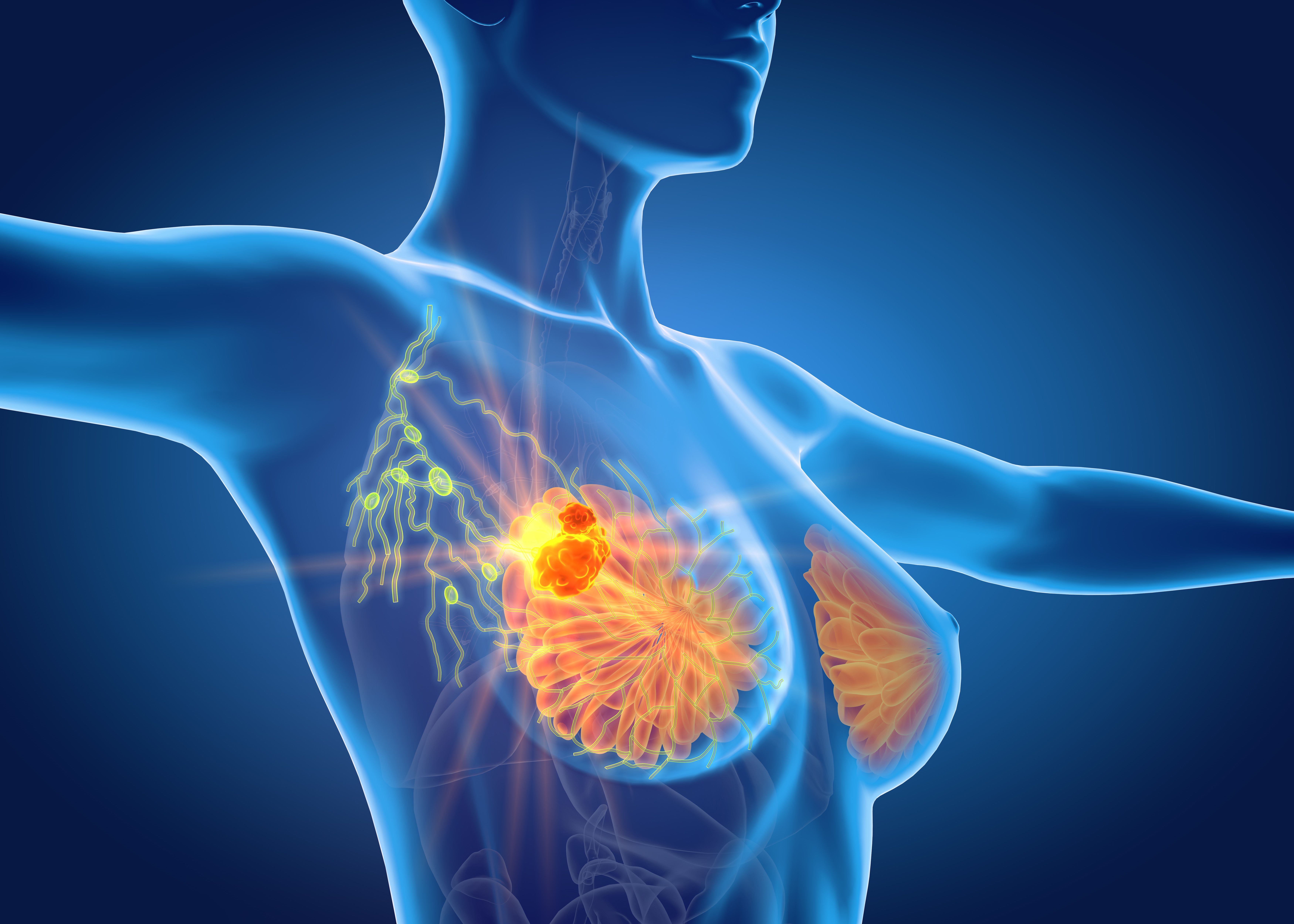
Findings published in the Annals of Internal Medicine suggested that instituting annual breast cancer screening with MRI, with or without mammography, at ages 25 to 30 years may reduce breast cancer mortality by 50% or more in survivors of childhood cancer.
Using data from the Childhood Cancer Survivor Study (CCSS) and 2 Cancer Intervention and Surveillance Modeling Network (CISNET) breast cancer simulation models, researchers estimated the clinical benefits, harms, and cost-effectiveness of breast cancer screening among childhood cancer survivors previously treated with chest radiation. The models evaluated 3 strategies, including no screening, digital mammography with MRI screening starting at age 25 (current Children’s Oncology Group [COG] recommendations), 30, or 35 years and continuing to age 74 years, and MRI only starting at age 25, 30, or 35 years and continuing to age 74 years.
Overall, lifetime breast cancer mortality risk without screening was found to be 10% to 11% across the models. Compared with no screening, starting at age 25 years, annual mammography with MRI prevented the most deaths (56% to 71%) and annual MRI (without mammography) prevented 56% to 62%. Moreover, both screening strategies had the most screening tests, false-positive screening results, and benign biopsy results.
In an interview with CancerNetwork®, Jennifer M. Yeh, PhD, assistant professor at Harvard Medical School and associate scientific researcher in the Division of General Pediatrics at Boston Children’s Hospital, discussed the study further and the resulting implications for patients with breast cancer.
CancerNetwork®: First off, could you explain your recent study of breast cancer screening for survivors of childhood cancer treated with chest radiation?
Yeh: Survivors of childhood cancer previously treated with high dose chest radiation are at elevated risk for secondary breast cancers. The Children’s Oncology Group, as well as several other organizations, have established guidelines for managing this increased risk that focus on early initiation of breast cancer screening in these high-risk survivors. Adherence rates are lower than we would like, which may be, in part, due to the uncertain benefits and harms associated with screening.
To address this gap in our understanding, we used simulation modeling to estimate clinical outcomes associated with screening in these high-risk survivors. We adapted 2 CISNET breast models using data from the Childhood Cancer Survivor Study, a cohort study of nearly 25,000 survivors diagnosed between 1970 and 1999, and evaluated several screening strategies. This included annual mammography with MRI screening starting at ages 25 – the current COG recommendation – 30 and 35, as well as annual screening with MRI only starting at ages 25, 30, and 35.
What would you say are the overall implications of these study findings?
In our study, we estimated that early initiation of screening with breast MRI, with or without mammography, could avert half or more breast cancer deaths in these high-risk women. These findings underscore the importance of making sure these young women are informed of their elevated breast cancer risk and the benefits of routine screening.
Are there any sort of next steps planned for the study?
Recent studies suggest that some survivors treated with chemotherapy, but not chest radiation, may also be at elevated risk for secondary breast cancer. We are interested in extending these analyses to look at the potential benefit of screening at younger ages in these survivors.
What do you think is most important for practicing oncologists to know about the study?
Survivors previously treated with chest radiation are at high risk for secondary breast cancer. Our study estimates that screening can avert half or more of the expected breast cancer deaths in these women. Practicing oncologists should be sure to discuss the importance of screening and the potential benefits with their patients.
Given the study findings, what do you think needs to be changed or implemented, whether it be on a facility level or a governmental level?
In our study, we found that MRI was an important component of screening and accounted for the majority of the screening benefit in terms of deaths averted in these high-risk women. These findings suggest screening guidelines should emphasize the importance of MRI in screening, with or without mammography. Additionally, as many survivors lack access to or insurance coverage for MRI screening, ensuring survivors have access to MRI screening should be a priority for improving the long-term health of these survivors.
Reference:
Yeh JM, Lowry KP, Schechter CB, et al. Clinical Benefits, Harms, and Cost-Effectiveness of Breast Cancer Screening for Survivors of Childhood Cancer Treated With Chest Radiation. Annals of Internal Medicine. doi: 10.7326/M19-3481.
"breast" - Google News
August 08, 2020 at 01:05AM
https://ift.tt/3fIadMi
Breast Cancer Screening With MRI for Survivors of Childhood Cancer - Cancer Network
"breast" - Google News
https://ift.tt/2ImtPYC
https://ift.tt/2Wle22m
Bagikan Berita Ini















0 Response to "Breast Cancer Screening With MRI for Survivors of Childhood Cancer - Cancer Network"
Post a Comment